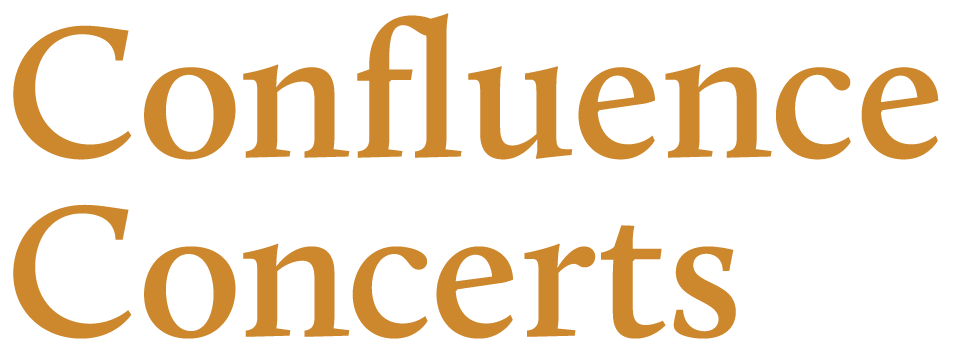The Beethoven String Quartet Project: Op. 59, no. 1
As the necessary home confinement continues today and for the foreseeable future, I have turned to a project I intended to engage in at some point this year: listening to and reflecting upon the magnificent string quartets of Ludwig van Beethoven, who was born 250 years ago. For each of the next 17 days, I hope to post a short paragraph or two on these stimulating pieces.
STRING QUARTET No. 7 in F MAJOR, op. 59, no. 1
I listened to the Borodin String Quartet, recorded in 2004 on the Chandos label. It’s available on YouTube.
Allegro
Allegretto vivace e sempre scherzando
Adagio molto e mesto
"Thème Russe": Allegro
This is the first quartet in the opus 59 collection of three commissioned by and dedicated to Prince Andrey Razumovsky, who was the Russian ambassador to Vienna in the early 1800s. These three quartets were published in 1808. William Kinderman writes about this piece at the beginning of a new chapter in his biography of Beethven which he entitles “The Heroic Style II: 1806-1809”. He reminds us that this quartet and op. 59, no. 2 were “coolly received when first performed; only the C major (op. 59, no. 3) was warmly appreciated. Time has reversed that judgement, however….”
As I listened to this astonishing piece, I was wondering how convincing and capable the first performers of it could have been. It seems to bear little resemblance to the structure and feel of the opus 18 quartets and I can imagine the players trying to make overarching sense of such a novel work. We’re definitely into very new territory in terms of scope and depth and the capacity of the string quartet form to convey the complexity of Beethoven’s musical ideas.
Movement I opens with cello-led material morphing into what becomes a sort of fanfare introduction that resolves to a fortissimo F major in bar 19. This is where the movement really begins. The size of the sound and the patience with which Beethoven moves things forward already feels more symphonic and expansive than the relatively economic writing in the opus 18 collection. There are beautiful shimmering effects and varied sonorities too numerous to mention. Beethoven is very inventive in his variation technique, not falling back on stock ways to vary the theme, but finding original pathways. I adore the quasi-fughetta passage in the middle of this movement and am still rather haunted by the occasional use of usison/octave sections. There is a brilliant return to the recapitulation involving staggered lines and the ascending eighth note/eighth rest lines reminds one of the the same figure in the opening movement of the F major violin sonata (“Spring”). Beethoven employs his eccentric but effective use of subito forte near the end of the movement.
The second movement really defies description.. It’s so nimble and flexible with its approach to theme and structure. The rhythmic motives mean just as much as the melodic ones do and the direction of the piece is unpredictable. Though it’s in Bb major, there is an extended brilliant section in B major, leading Beethoven to flex his enharmonic muscles. In fact, his mastery of harmony in this movement is staggering. The rhythmic emphasis is all over the place and the barline virtually disappears as material is developed. This is no mere scherzo! He utilizes subito dynamics, is very rhapsodic at times, then unsure and uncertain at others. We are tiptoeing and then we’re expanding the stride. It’s so beautiful to watch the movement unfold on the pages of the score. His use of silence near the conclusion is becoming a trademark.
Movement III is tragic, poignant, comforting and revelatory all at the same time, and Beethoven’s subject here seems to be the heart’s longing. The cello has an expanded role melodically, often in the tenor or treble clef and the quality of that sound is captivating. It’s a tender movement. It takes its time and requires the full concentration of the players and listeners. I love the use of pizzicato. There are remarkably original moments in this movement and yet it communicates quite directly a great musical meaning. There are delicate transparent moments contrasted by shows of solidarity by the whole group. The last statement of the beautiful melody begins with the second violin and is slowly joined an octave higher by the first violin: really heartbreakingly beautiful. This movement doesn’t really end! There is a fanciful violin I episode (reminiscent of the violin concerto) that leads to a trill on the C that becomes the dominant of the fourth movement.
This last movement introduces a Russian theme that was apparently requested by Razumovsky and brings some semblance of certainty, discernible structure and daylight. I detected some subtle references back to the themes or rhythms of the previous movements. The theme itself is a great one and offers Beethoven many options to mess with it. He uses all thematic material, even developing that sustained trilled note that begins the movement in the first violin. There are experiments with extreme ranges of the instruments (mostly the violins) and there are great demands put on the stamina and concentration of each player. This is an endurance test! I love the final moment of repose (“adagio ma non troppo”) then the conclusive gallop to an emphatic cadence.
Another masterpiece!!
Larry Beckwith (Thursday, March 26, 2020)
